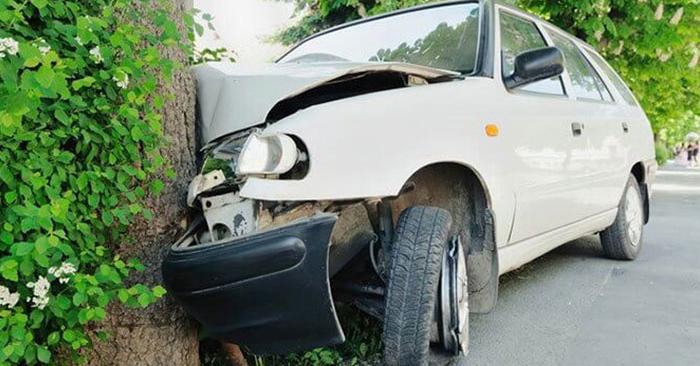Car accidents, while unfortunate, are a common occurrence on the roads. When an accident happens, it sets in motion a series of legal procedures that can be complex and overwhelming for those involved. Understanding the legal process following a car collision is crucial for anyone in such a situation.
This article aims to demystify the steps involved after a car accident claim is filed, offering a comprehensive guide on what to expect and how to navigate the system effectively.
Take The Initial Steps After An Accident
In the immediate aftermath of a car accident, the immediate priority is the safety and health of everyone involved. If necessary, assess injuries and contact emergency services as the first course of action. Following this, securing the accident scene is essential to prevent further accidents or injuries. This includes moving vehicles out of the traffic flow and using hazard lights or road flares.
Exchanging information with other involved parties is also crucial; this includes names, contact information, insurance details, and vehicle information. Lastly, document the scene with photographs and notes, as this is invaluable. It’s also important to file a police report, as it serves as an official record of the event and is critical in any subsequent legal actions or insurance claims.
Consult A Legal Professional
Seeking legal advice early in the process can be tremendously beneficial. For instance, a car accidents lawyer in Queens, or a similar specialist in nearby areas, can bring expertise in navigating the complex legal landscape that follows an accident. They advise on rights and obligations, helping avoid common pitfalls that could negatively impact the case.
Typically, legal professionals are adept at interpreting police reports, understanding insurance policies, and advising on the feasibility of claims. They can also assist in gathering and preserving evidence, which is critical for supporting legal claims.
Importantly, a lawyer can handle communications with insurance companies, ensuring that statements made don’t inadvertently harm the claim. For victims, this legal guidance can provide clarity and support, allowing them to focus on recovery while their legal rights are being protected and pursued effectively.
File An Insurance Claim
One of the first legal steps after a car accident is to file an insurance claim. This involves informing the insurance company about the accident and providing all necessary details. Additionally, when filing an insurance claim, the following steps must be taken:
- Investigation and Evidence Collection
Following the claim, an investigation is launched to gather evidence. This involves collecting police reports, witness statements, and photographic evidence from the accident scene. In some cases, accident reconstruction experts may be consulted to determine the cause and fault of the accident.
- Determining Fault and Liability
Determining fault and liability is a critical component of the legal process. The evidence collected is used to ascertain who is legally responsible for the accident. In some states, the concept of comparative negligence may apply, where fault can be distributed among parties involved based on their degree of responsibility for the accident.
- Negotiating Settlements
Many car accident cases are resolved through settlements without going to court. This stage involves negotiation between the involved parties, often facilitated by lawyers and insurance representatives. The objective is to agree on compensation for damages and injuries sustained in the accident.
Having a competent legal representative is crucial throughout the negotiation process. Lawyers are skilled in advocating for their client’s best interests and can negotiate more effectively with insurance companies and opposing counsel. They ensure that the settlement is fair and commensurate with the damages suffered.
Proceed To Litigation And Trial
When negotiations fail to yield a settlement, the case moves to the litigation phase and potentially to trial. This stage is markedly more formal and structured compared to preliminary negotiations. Here, both parties present their cases in a court of law before a judge or jury. The litigation process involves the discovery phase, where each side investigates the other’s legal claims and defenses. This can include depositions, requests for documents, and interrogatories.
Legal representation is also crucial during this phase, as lawyers will formulate and present arguments, cross-examine witnesses and submit evidence to support their client’s position. Trials can be time-consuming and complex, requiring a detailed understanding of legal procedures and laws. The outcome hinges on effectively demonstrating liability and damages, necessitating thorough and skilled legal representation.
Awarding Of Damages
If the plaintiff wins the trial, the court will award damages. The objective of these damages is to financially compensate the victim for losses incurred due to the accident. These can include tangible losses such as medical bills, repair costs for damaged property, and lost wages from being unable to work.
Furthermore, compensation for intangible losses such as pain and suffering, emotional distress, and reduced quality of life may also be included. The specific amount and types of damages awarded are contingent upon several factors, including the severity of the injury, the impact on the victim’s life, and legal caps on damages, which vary by jurisdiction.
Takeaway
Navigating the legal process following a car accident is often challenging. It involves multiple steps, from filing insurance claims to possible litigation. By understanding these steps, anyone involved in a car accident can handle the situation more effectively. Consulting with a specialized lawyer can significantly aid in managing the complexities of the process and achieving a favorable outcome. Remember, each case is unique, and the legal process may vary accordingly.






